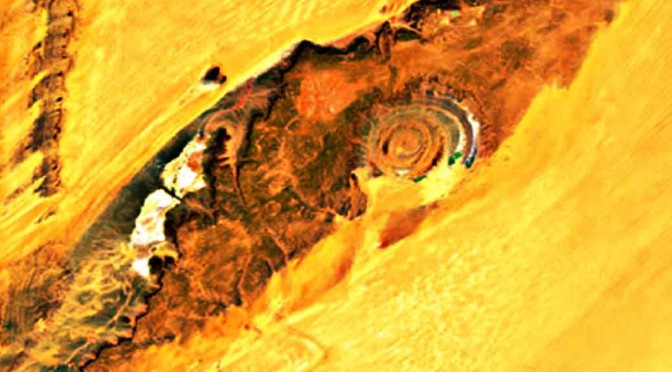By Anupum Pant
A deep sea dragonfish, or specifically Malacosteus niger, has a special pigment in its eyes which helps it see better in the deep dark sea. This pigment, isolated from the eyes of this dragonfish, in the year 1990, was found to be a derivative of Chlorophyll.
The marine biologist Ron Douglas of City University London, who was able to isolate it then, found that the pigment gave this fish an ability to absorb red light. Of course It did seem abnormal to find a chlorophyll derivative inside an animal’s eye. Moreover, the animal had learned to use it to enhance its vision! At that time it was conjectured that the chlorophyll came to the fish through some bacteria, and it somehow found a way to put it to good use.
A couple of years later (in 2004) an ophthalmic scientist at Columbia University Medical Centre read about it and started testing the derivative on other animal’s eyes. Recently, by using it on mice and rabbit eyes, the researcher has been able to enhance their night vision, by enhancing their eye’s ability to absorb red light.
It is highly possible that, in the near future, the pigment could somehow be made safe for human eyes, and be used to enhance their nightvision. Soon a better nightvision could be as easy as ingesting a pill, or using eye drops made out of this derivative. How great would it be for the special ops team! Of course, the U.S. Department of Defence is very interested, and has started funding his research now.
